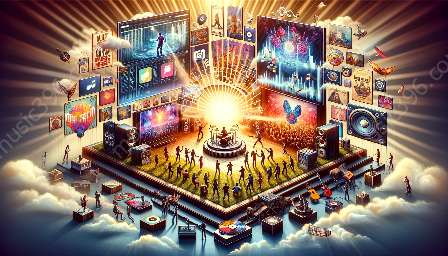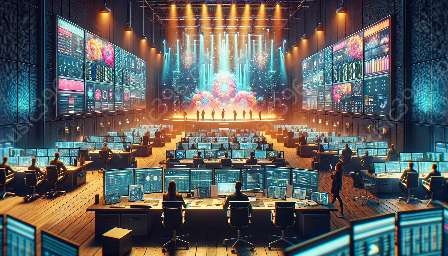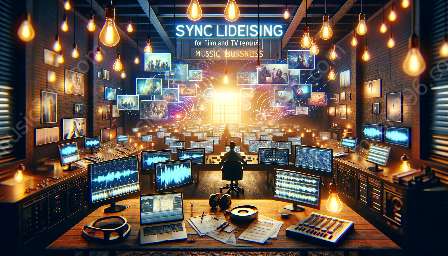Technology has significantly transformed the landscape of sync licensing in film and TV, offering new opportunities and challenges for the music business. From the evolution of streaming platforms to artificial intelligence, technological advancements have reshaped the way music is licensed and utilized in visual media.
The Evolution of Streaming Platforms
With the rise of streaming services such as Netflix, Amazon Prime, and Hulu, the demand for content with synchronized music has surged. These platforms rely on vast libraries of music to enhance their programming, creating opportunities for music rights holders to secure sync licenses.
Data Analytics and Content Matching
Technological advancements in data analytics and content matching have revolutionized the process of sync licensing. Platforms equipped with advanced algorithms can now analyze audio and video content to identify suitable music for synchronization, streamlining the licensing process and expanding the reach of music catalogs.
Enhanced Creativity and Customization
Advancements in music production tools and software have empowered composers and music supervisors to create customized music for film and TV. From virtual instruments to AI-generated compositions, technology has expanded the creative possibilities for sync licensing, offering a more tailored and innovative approach to music placement.
Challenges of Copyright Protection
As technology enables easier access to music, copyright protection becomes increasingly critical in the realm of sync licensing. Digital rights management systems and blockchain technology are being leveraged to safeguard the intellectual property of music creators and ensure fair compensation for the use of their works in visual media.
Global Reach and Collaboration
Technological advancements have facilitated global collaboration between music creators, licensors, and production teams. With remote recording tools and virtual collaboration platforms, the process of securing and producing music for sync licensing has become more accessible and inclusive, enriching the diversity of music choices in film and TV.
Artificial Intelligence and Metadata
The integration of artificial intelligence and metadata systems has revolutionized the management and organization of music catalogs for sync licensing. AI-powered tools can automate the tagging and categorization of music, enhancing the discoverability and accessibility of licensed music for film and TV projects.
Implications for the Music Business
As technological advancements continue to shape sync licensing in film and TV, the music business must adapt to new industry standards and trends. From licensing negotiations to monetization strategies, music rights holders and industry professionals need to navigate the evolving landscape of digital rights and content consumption.
Ultimately, the convergence of technology and sync licensing presents both opportunities and challenges for the music business, highlighting the need for innovative approaches to rights management, creative collaboration, and the preservation of artistic integrity in the context of visual media.









































